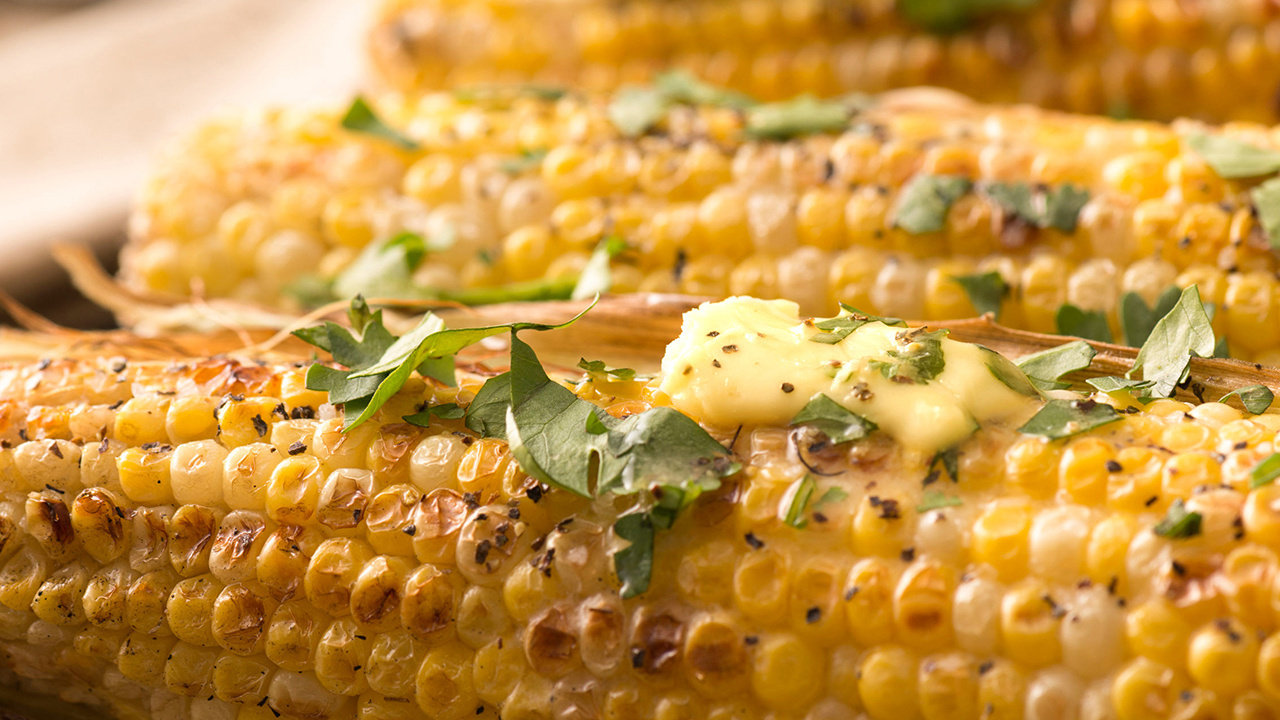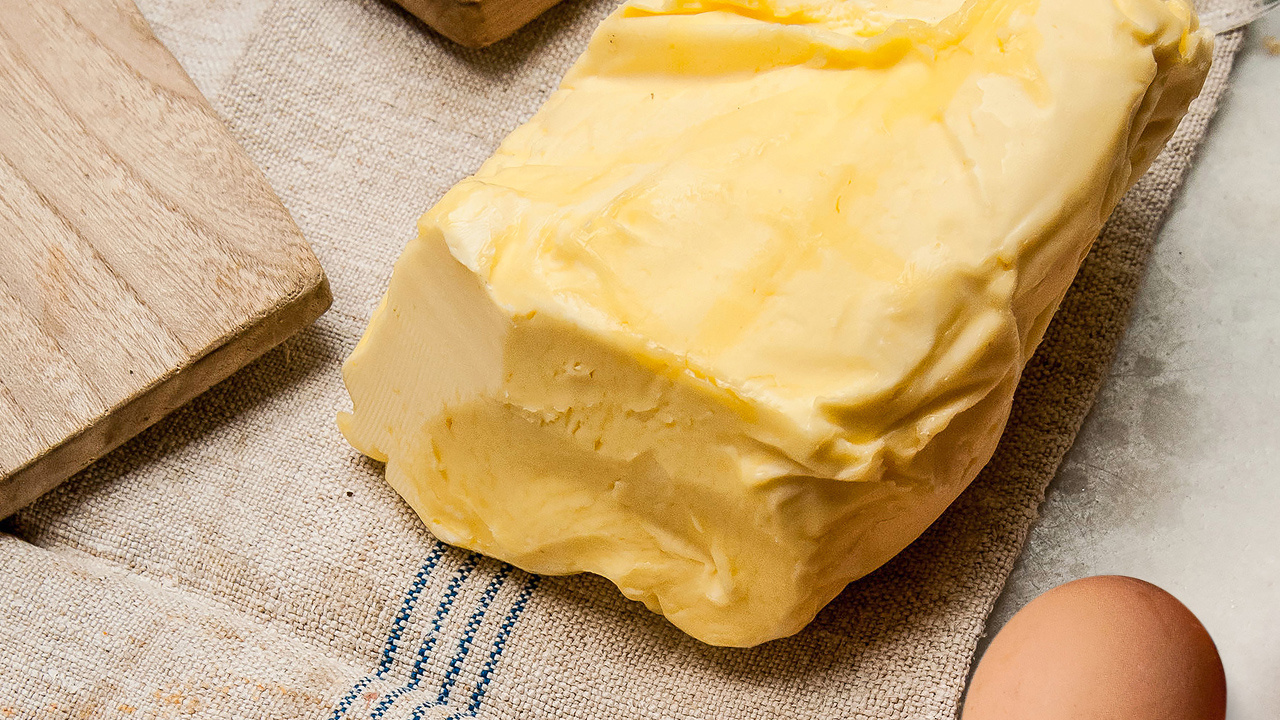What's the difference?
Well… butter is the pure taste of cream with a touch of salt, made the traditional way without any additives.
Spreadable butter is also additive-free and made purely from cream and salt. The only real difference is that it’s made in a way that captures the softer layers of the butter. (Currently, we don't have spreadable butter.)
Dairy spread, is made from a mixture of cream and vegetable oils along with other ingredients, that make it easier to spread. Of course, it still delivers the delicious buttery taste Kiwis know and love.
Margarine, is an imitation butter spread, made predominantly from vegetable oils and other additives.

Which butter should you use?
Butter is great anytime you want to enjoy the seasonal flavour and full richness of that pure butter taste.
Spreadable butter is the best of both worlds - all the rich buttery flavour with extra softness for spreadability.
Dairy spread is super convenient when you want maximum spreadability without giving up that butter flavour.
Butter changes with the seasons
The taste and appearance of your favourite butter can change depending on the time of year it’s produced.
- It all starts with sun, soil and water, which combine to give New Zealand sprawling fields of lush, fresh grass. Thanks to our mild climate, our contented cows get to graze on this great stuff most of the year. But, particularly in springtime and early summer, when the grass is at its most lush, you might notice your butter tastes stronger.
- If you’ve ever wondered what gives our New Zealand butter its natural golden colour, that would be a particular nutrient in grass called beta-carotene. So, in spring and early summer, your butter can look more yellow. In fact, our abundant grass contains many essential nutrients for the cows, which helps them to produce such high-quality milk.
How butter is made
It takes 10 litres of milk to create 1 l of cream which ends up as 500g of butter!
Often the simple things in life are the best. The making of butter is a prime example – it’s pure and simple. Here’s what happens after the farmer milks the cows and we collect the milk from the farm:
- The cream is separated from the milk and pasteurised.
- We then churn the cream to separate the solid milk fat from the liquid buttermilk.
- The solid milk fat is kneaded into a uniform texture, and there you have it… butter!
We store it to cool and set, and then it’s packed and shipped off to the store for you to take home and enjoy.

Want to make your own butter at home?
- Fill a jar halfway with cream.
- Pop the lid on and start shaking.
- When the sloshing sounds stop, remove the lid and check for whipped cream.
- Pop the lid back on and continue shaking until the mixture separates into buttermilk and butter.
- Remove your lump of butter and save the buttermilk for baking something yummy.


